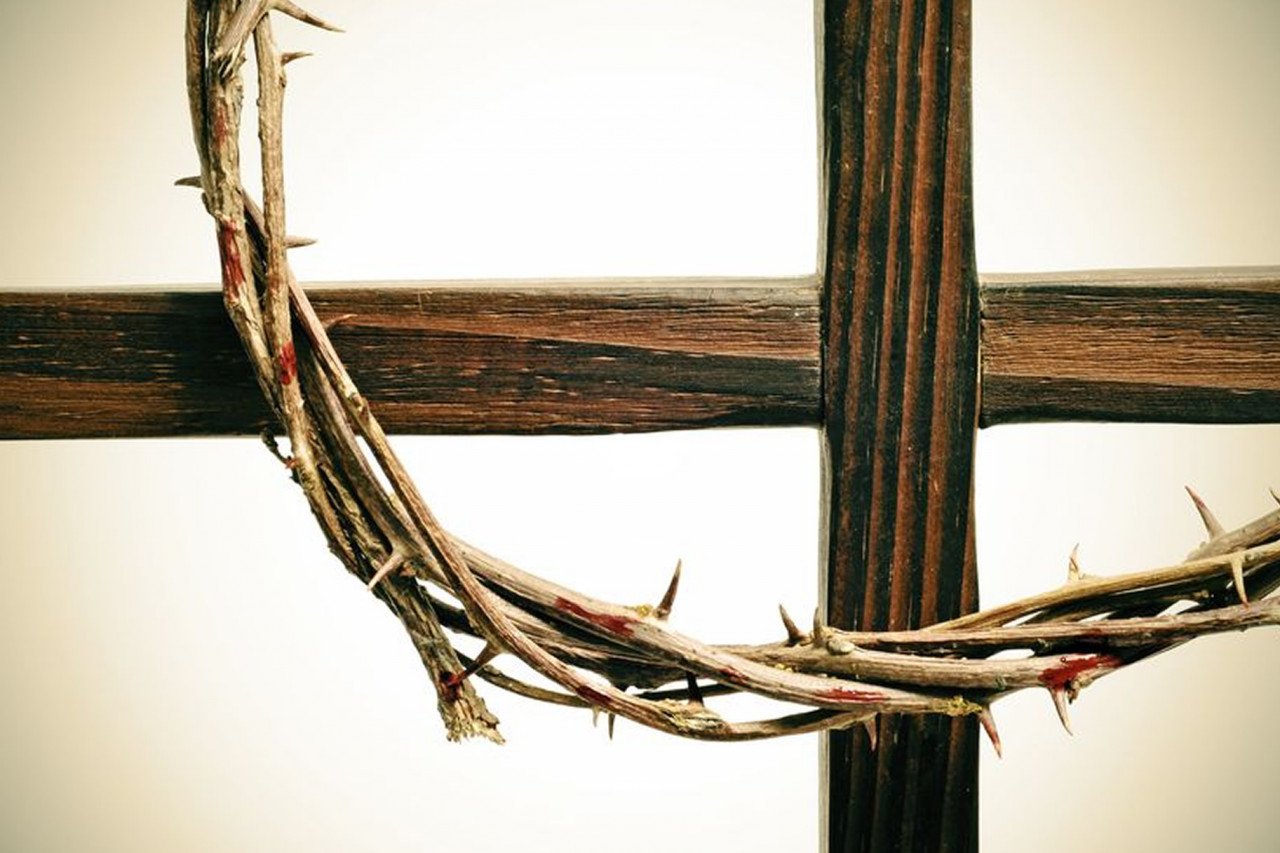Good Friday (Western Church) in 2026

Good Friday occurs on the Friday before Easter. The day commemorates the Crucifixion of Jesus.
When is Good Friday (Western Church)?
| Year | Dates |
|---|---|
| 2026 | |
| 2025 | |
| 2024 |
When is Good Friday?
Many countries observe Good Friday as a national holiday on the Friday before Easter. The day commemorates the crucifixion and death of Jesus Christ.
Some countries observe the Orthodox calendar in which Good Friday may occur on a different date.
What is Good Friday?
The most important events in Christianity are the death and later resurrection of Jesus Christ, who Christians believe is the Son of God, and whose life and teachings are the foundation of Christianity.
After the last supper, Jesus was arrested in the Garden of Gethsemane, put on trial, sentenced to death. He was then tied and nailed by the wrists and feet to a large wooden cross and left to die. This is why the cross is used as a symbol of the Christian faith.
Good Friday is a day of mourning. During special Good Friday services Christians meditate on Jesus's suffering and death on the cross, and what this means for their faith.
Why is it called 'Good Friday'?
At first glance, it seems a strange name for a day that marked such a terrible event as a crucifixion, but when we look at the origin of the name it becomes clearer... or it would if there was one origin that people could agree on. As it stands, you can take your pick from the following:
- Some say it comes from the use of "Good" as an adjective applied to the day, which is an Old English synonym for "holy."
- Others believe it stems from a corruption of the word "God," in much the same way that "Good Bye" comes from the phrase "God be with ye." So the name may be derived from 'God's Friday'.
- Undoubtedly most Christians perceive the day as "good" because the message of Easter is of Christ's victory over sin, death, and the devil. Indeed, the New Testament is also known as the Gospel, which is Greek for 'Good News'.
Also, it also worth noting that this confusion over the name is mainly confined to Western European and North American Christians. Eastern Orthodox Christians call it "Great and Holy Friday. Around the rest of the world, it's known as Holy Friday in most Latin nations, 'Great Friday' by the Slavic peoples, "Friday of Mourning" in Germany and "Long Friday" in Norway.
Good Friday Traditions
Many Church services are held in the afternoon, usually between noon to 3pm, to remember the hours when Jesus was crucified on the cross.
Some churches observe the day by re-enacting the process of the cross in the rituals of stations of the cross, which depicts the final hours of Jesus' life. Other churches may participate in Veneration of the Cross, a short ceremony in which Christians kneel before the cross and affirm their faith.
In Jerusalem, Christians follow in Jesus' footsteps and walk Via Dolorosa, the traditional path that led to the site of the crucifixion. Many who participate try to ritually bear the same weight Jesus did by carrying crosses on their backs.
Though it's not a public holiday in the Vatican or Italy, the Pope will say a mass at the Vatican before leads an annual public prayer of the Stations of the Cross at the Colosseum in Rome. A procession is then made to the Palatine Hill, accompanied by a huge cross covered in burning torches.
Alfombras in Central America
In some Central American countries, including Guatemala, El Salvador and Honduras, the streets are decorated with vividly hued designs along the route of Good Friday processions. The tradition of creating these “alfombras,” Spanish for carpet or rug, originated in Spain’s Andalusia region. The practice crossed the pond with missionaries more than 400 years ago. The patterns often depict religious or natural images, created from brightly coloured sawdust. Alfombras are not meant to endure. The patterns disappear beneath the feet of the marchers and spectators.
Hot Cross Buns
A traditional Good Friday treat in the UK, Canada and Australia. Only available at this time of year, these sweet buns are made from a yeast dough augmented with raisins, currants and sometimes a little citron. They’re decorated with a cross made of light frosting, two strips of plain dough, or just a knife imprint. The hot cross buns tradition is savoured by cultures around the world, going back to at least the 16th century when Queen Elizabeth I is said to have forbidden their sale except on Good Friday, Christmas or for burials. The last two occasions have fallen by the wayside: Once Good Friday is over, you’re unlikely to see the treats until next year.
